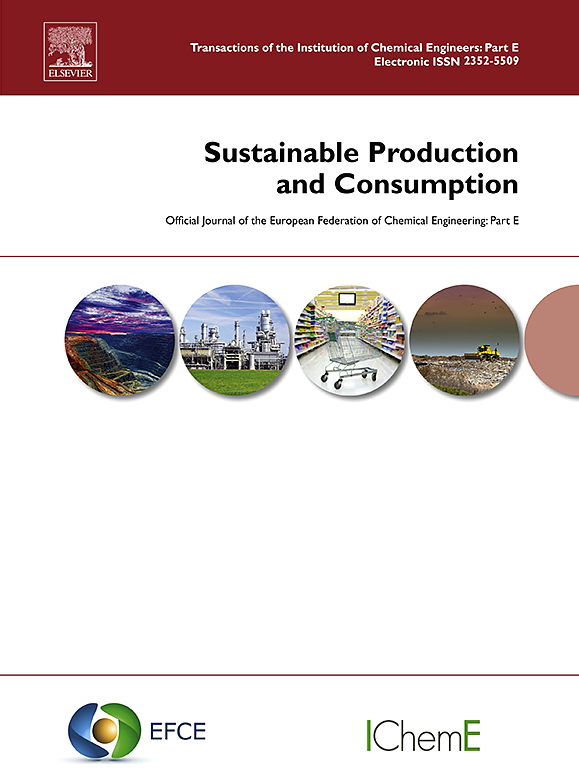Improving the affordability and reducing greenhouse gas emissions of the EAT-Lancet diet in China
IF 10.9
1区 环境科学与生态学
Q1 ENVIRONMENTAL STUDIES
引用次数: 0
Abstract
Transforming from existing dietary patterns to sustainable dietary patterns can promote sustainable development of the environment and human health. However, a successful transformation of dietary structure is hinges on the affordability of dietary guidelines. This study compares the actual dietary consumption structure of urban and rural residents in China with the recommended values outlined in dietary guidelines, and then measures the affordability of adhering to these guidelines for both urban and rural populations. This paper forecasts the future levels of dietary affordability and potential reduction in greenhouse gas (GHG) emissions in both urban and rural regions of China. The results indicate that there is a notable disparity between actual food consumption in urban and rural regions and that recommended by the dietary guidelines. The EAT-Lancet diet successfully achieves the objectives of being affordable, nutritionally sufficient, and environmentally sustainable, and can narrow the urban-rural affordability gap. By implementing a 13 % increase in incomes, the EAT-Lancet diet can effectively achieve universal affordability at the highest price and potentially reduce greenhouse gas emissions by 30.24 %.
提高 EAT-Lancet 膳食在中国的可负担性并减少温室气体排放
从现有膳食模式向可持续膳食模式转变,可以促进环境和人类健康的可持续发展。然而,膳食结构的成功转型取决于膳食指南的可负担性。本研究将中国城市和农村居民的实际膳食消费结构与膳食指南中的推荐值进行比较,然后测算城市和农村居民遵守膳食指南的可负担性。本文预测了中国城市和农村地区未来的膳食负担水平和温室气体(GHG)减排潜力。结果表明,城市和农村地区的实际膳食消费量与膳食指南推荐的消费量之间存在明显差距。EAT-Lancet膳食成功地实现了经济实惠、营养充足和环境可持续的目标,并能缩小城乡之间的负担差距。通过增加 13% 的收入,EAT-Lancet 膳食能有效实现最高价格下的全民可负担性,并可能减少 30.24% 的温室气体排放。
本文章由计算机程序翻译,如有差异,请以英文原文为准。
求助全文
约1分钟内获得全文
求助全文
来源期刊

Sustainable Production and Consumption
Environmental Science-Environmental Engineering
CiteScore
17.40
自引率
7.40%
发文量
389
审稿时长
13 days
期刊介绍:
Sustainable production and consumption refers to the production and utilization of goods and services in a way that benefits society, is economically viable, and has minimal environmental impact throughout its entire lifespan. Our journal is dedicated to publishing top-notch interdisciplinary research and practical studies in this emerging field. We take a distinctive approach by examining the interplay between technology, consumption patterns, and policy to identify sustainable solutions for both production and consumption systems.
 求助内容:
求助内容: 应助结果提醒方式:
应助结果提醒方式:


